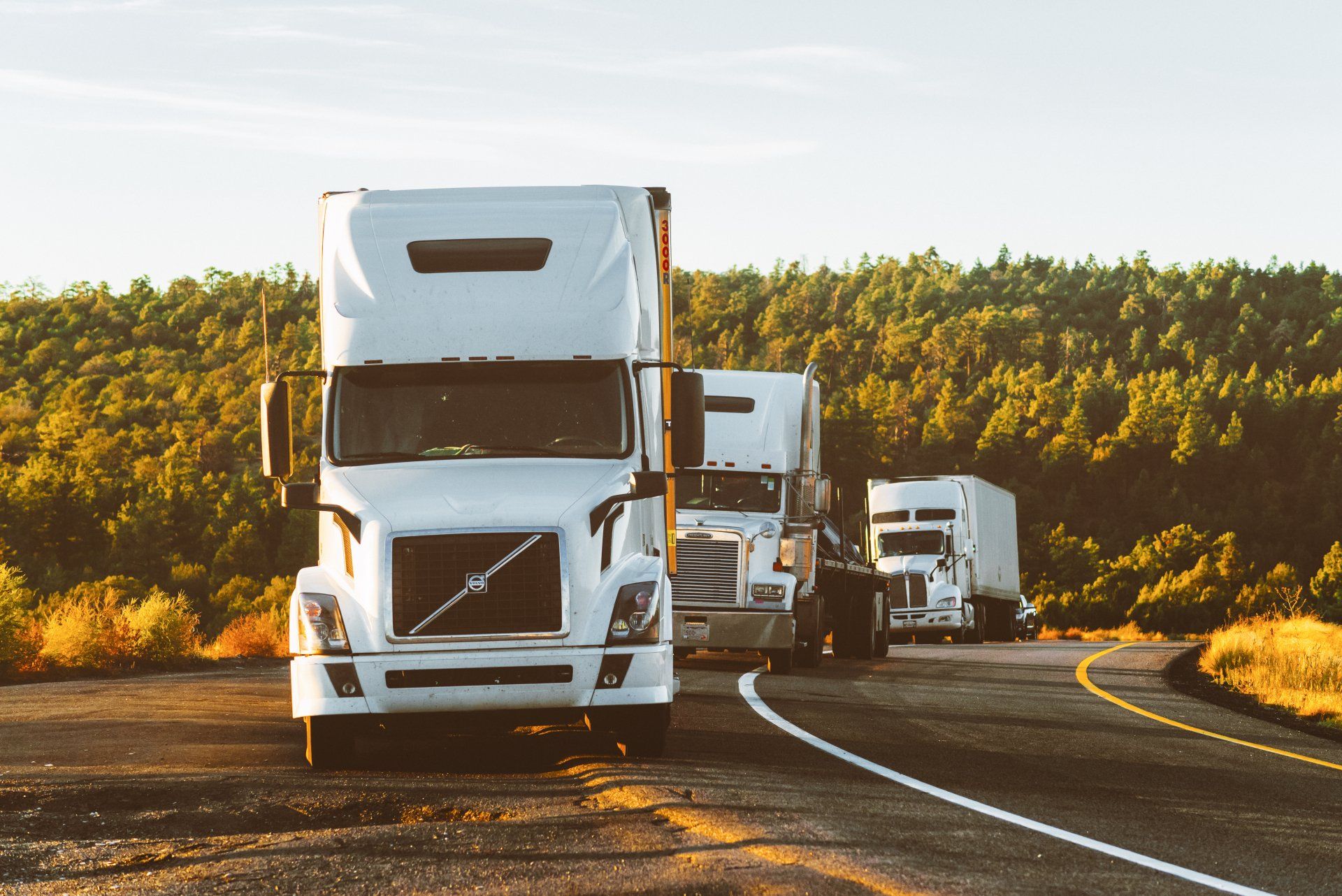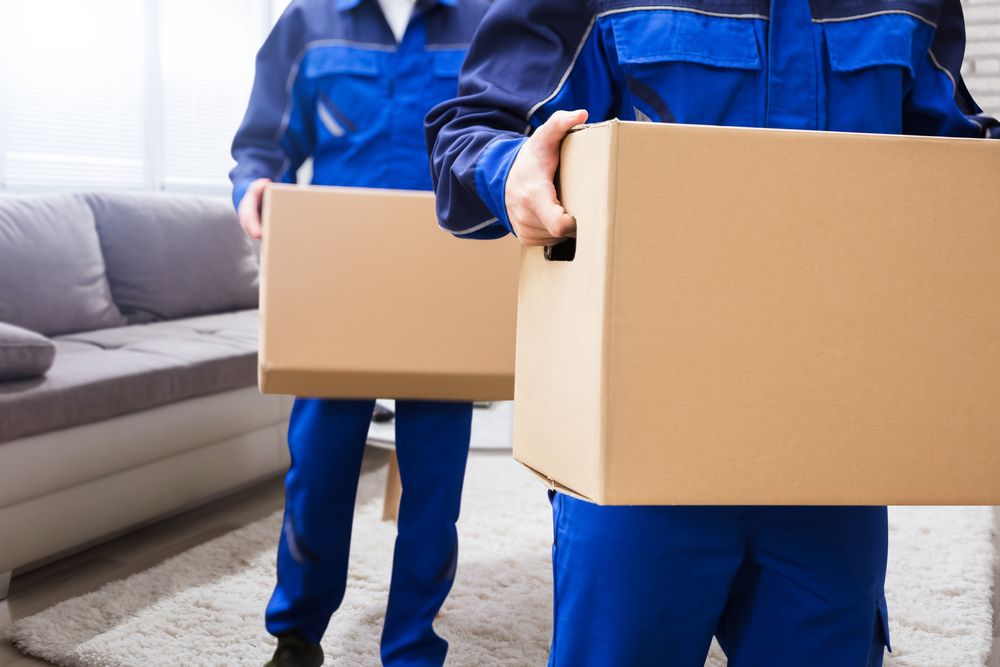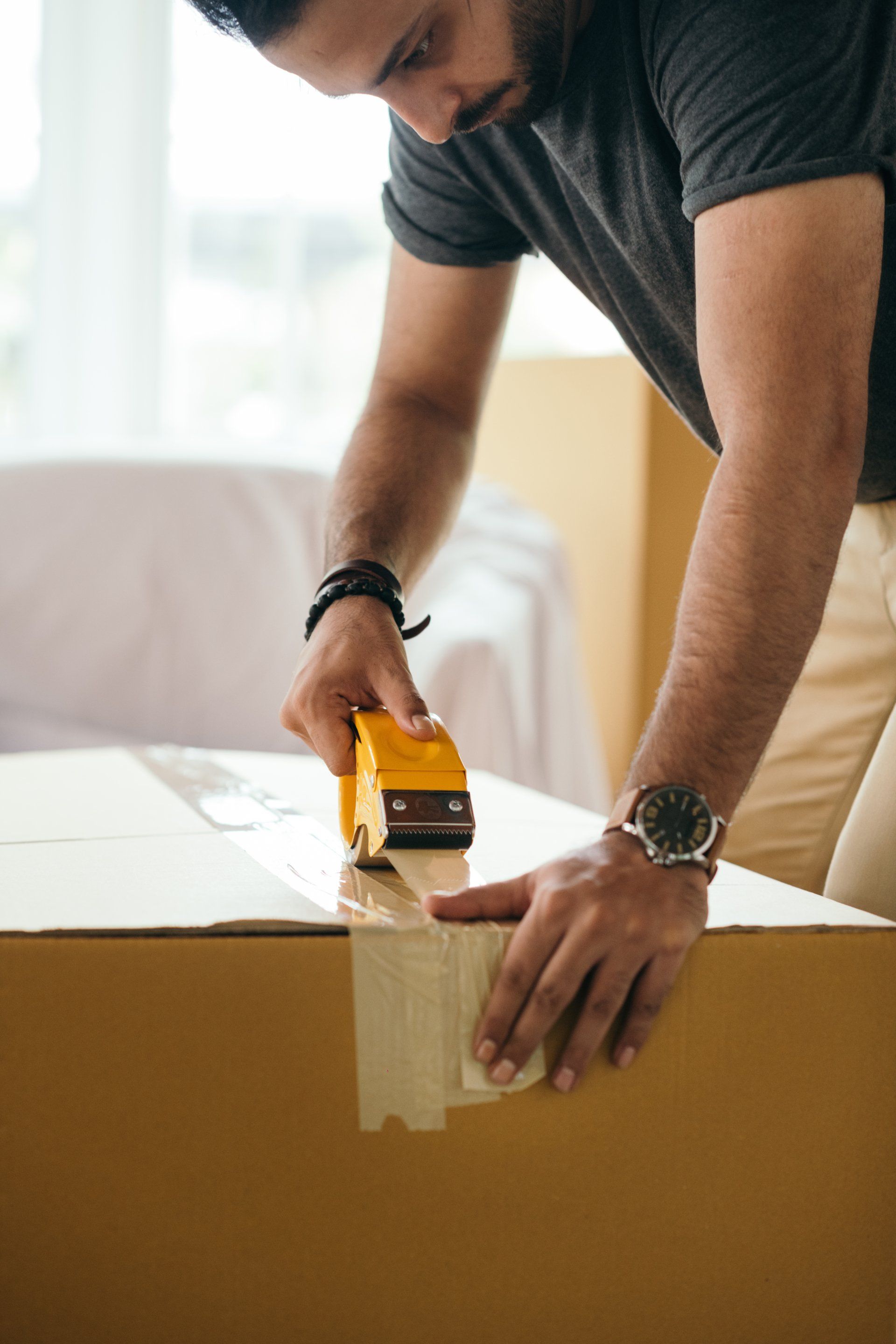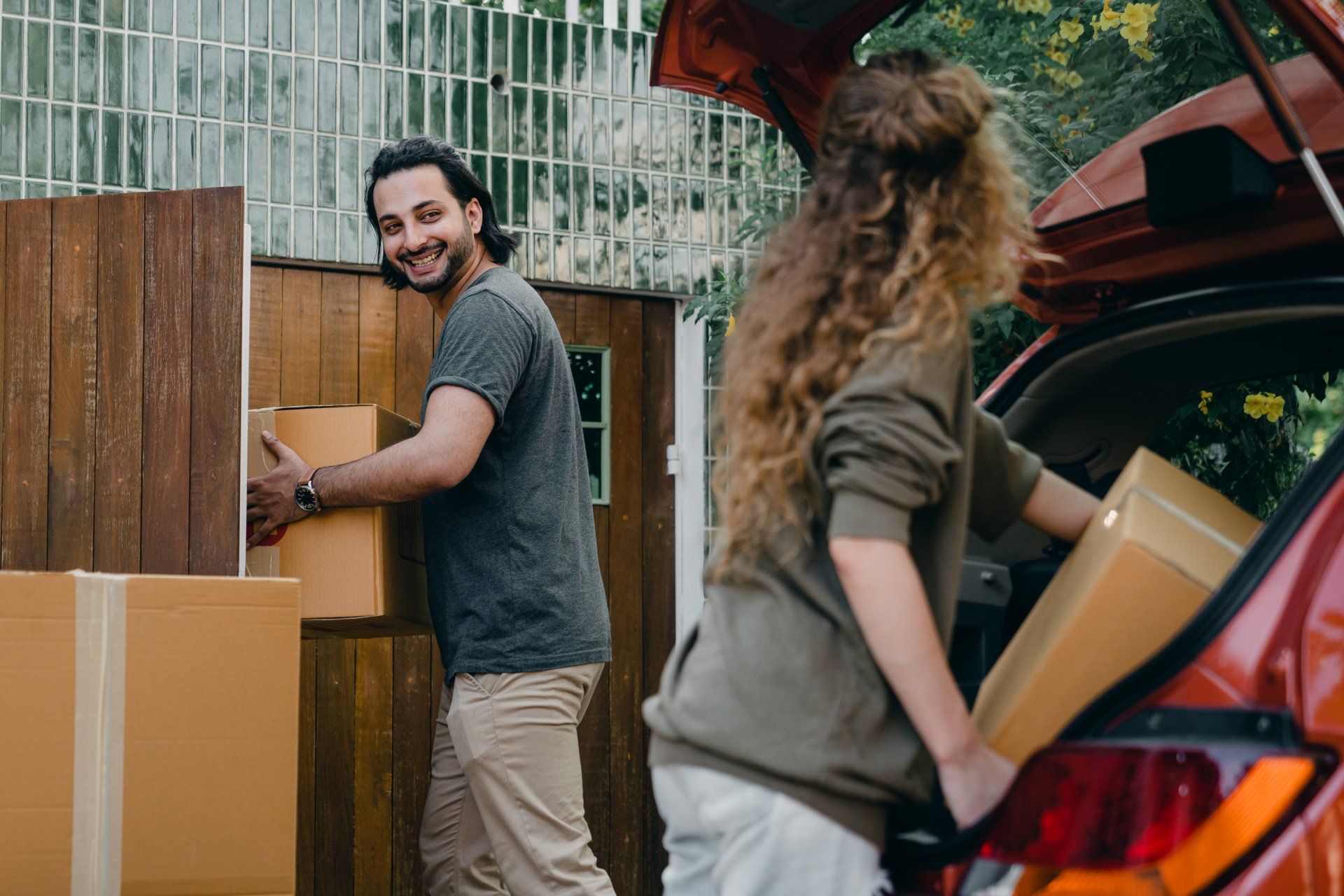The Ultimate Long-Distance Moving Checklist 2023
Moving can be an intimidating task, like a game of chess where every move matters. It's easy to feel overwhelmed and intimidated by the sheer number of tasks required for successful relocation. But don't worry - with the right plan in place you'll soon find yourself comfortably settled into your new home! Our ultimate long-distance moving checklist provides all the information needed to ensure a seamless transition from one place to another.
For anyone planning a long-distance move, this guide is essential. We cover everything from packing efficiently and choosing the right mover to organizing paperwork and sorting utilities. With our comprehensive list at hand, you'll have peace of mind knowing that no detail will go overlooked during your journey.
Follow along as we walk through each step of the process so you can enjoy a stress-free experience when it comes time to make your big move!
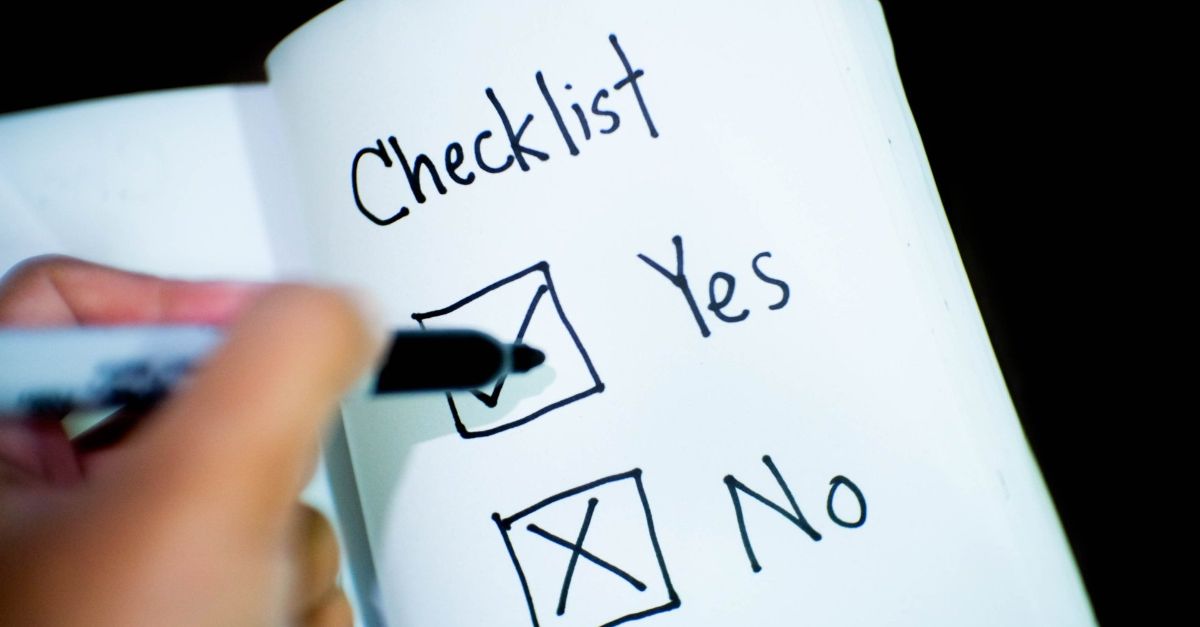
Research And Choose A Reliable Long Distance Moving Company
Moving can be a daunting task, like navigating a maze of boxes and packing tape. But with the right preparation, it'll become an organized endeavor that won't leave you feeling overwhelmed. Crafting the ultimate long-distance moving checklist starts with researching and choosing a reliable moving company.
Put aside time to look into different companies, read customer reviews, get quotes on services, compare prices between competitors – all of these steps will help narrow down your choices to find one that’s best for you. A reputable business should have experience in relocation services so they know how to handle delicate items as well as provide helpful advice on any questions or concerns you may have about the process.
Once you've chosen your movers, make sure to get everything in writing – from estimated costs to delivery dates. This way there's no confusion during what could already be a stressful situation; having clear expectations makes life easier for everyone involved! Taking care of this step early gives peace of mind throughout the entire move so that when it comes time to pack up those boxes and hit the road, you're ready without any doubts lingering in the back of your mind.
Obtain Moving Insurance
Choosing the right moving company is just one step in a long-distance move. The next essential task to consider is obtaining moving insurance. This type of coverage will ensure that any items damaged or lost during transport are covered and compensated for.
It's wise to research all your options before deciding on an insurer, as some may offer more extensive policies than others. It’s important to get familiar with what the policy covers so you know exactly what you're paying for. In particular, be sure to check if there is any protection against major accidents like fires, floods, and landslides; these additional protections can give you peace of mind when it comes time to relocate.
Moving insurance also provides reimbursement for stolen goods and other unexpected losses such as broken furniture pieces and personal items left behind during transit. Ultimately, having this extra layer of security ensures that all your belongings arrive safely at their new home without any financial burden from potential damages or loss along the way.
Make An Inventory List
Creating an inventory list is a crucial part of the long-distance moving process. It helps to ensure that no items are forgotten or left behind in the move, and also makes it easier for movers to accurately estimate costs. Making an inventory list should be done before packing begins so that all items can easily be documented as they go into boxes.
The first step in making the inventory list is to identify what will actually be moved. This means going through every room and itemizing each individual thing that needs to be packed up and relocated. Take pictures of large ticket items like furniture, electronics, appliances, etc., and keep track of any valuable possessions such as jewelry and artwork. Also make sure to label any special instructions onto the box itself so when unpacking everything is easy to find.
Once you have identified which belongings need to be moved, create a spreadsheet or document listing out each item with its description, condition (when applicable), and estimated value if needed. That way if anything gets lost or damaged during transit there’s proof of ownership available for insurance purposes. Additionally, having this information handy will help determine how much stuff needs to fit into your new space ahead of time - allowing for a smoother transition at arrival!
Pack And Label Your Belongings
Packaging and labeling your belongings is an essential part of a successful long-distance move. To make sure you don't end up losing anything, it's important to take the time to properly organize everything before making the big transition. With that in mind, let us explore what needs to be done for this crucial fourth step of the ultimate long-distance moving checklist!
First things first: create an inventory list of all the items you plan on packing and labeling. This will help ensure nothing gets left behind or misplaced during the relocation process. Make sure to include detailed descriptions with measurements where applicable - such as furniture dimensions - so that when it comes time to unpack at your new home, you know exactly which box contains which item(s). Once complete, review this list multiple times over just to be absolutely certain nothing has been missed out.
Now it’s time to begin actually packing and labeling each individual item. Gather boxes and other containers appropriate for the size and weight of whatever it is you’re planning on transporting - bubble wrap can also come in handy here if needed - then start filling them up one by one while being mindful not to overload any given container too much. As you go along, label each one clearly according to its contents; consider numbering them consecutively as well (e.g., “Box 1 – Kitchen Utensils”) so that they are easy enough to locate later on down the line should need arise. Additionally, keep some supplies like tape readily available throughout this stage of the process in case something needs extra reinforcement prior to loading onto a truck or van for transport.
To save yourself from potential headaches further down the road, taking these precautionary measures now is definitely worth it! So get organized early and efficiently pack away all your essentials -you'll thank yourself later!
Prepare An Emergency Kit
Oh, the nightmare of moving! As if it weren't already bad enough, long-distance moves come with their own special set of challenges. Don't let them overwhelm you - just be sure to prepare an emergency kit before you start packing and labeling your belongings.
It might seem like a daunting task, but creating an emergency kit is actually quite simple. Gather all the essentials for yourself and any family members who are making the move: toiletries, medications, important documents, as well as items that may help make the journey easier (like snacks or a change of clothes). Having these things at hand in case something unexpected happens will provide some much needed peace of mind during this stressful event.
Without an emergency kit by your side, even minor mishaps can become major headaches with long-distance moves. So don't hesitate - get prepared now and sail through your transition seamlessly!
Disconnect And Schedule Utility Services
Disconnecting and scheduling utility services can be a hassle, but it's an important step when moving. It helps to ensure that all your utilities are disconnected on time so you don't have any unexpected bills after the move. Plus, if you're moving into a new place, having the utilities set up ahead of time will make things easier for you in the long run.
There are several steps involved in disconnecting and scheduling utility services. First, contact each service provider with whom you currently have contracts – electricity, gas, water, cable TV or internet – and let them know about your move date as soon as possible. You'll need to provide proof of address for both old and new locations. Then determine whether there is an overlap between the end of your current contract period and the start of your next one; this could mean extra fees if not handled properly.
Once everything is sorted out with each service provider, arrange for installation at your new location. Make sure they note down the exact dates when they should turn off/on different services at both ends. This way you won't experience any unnecessary delays or interruptions during or after the moving process.
Notify The Post Office Of Your Long Distance Move
Coincidentally, one of the last steps in your long-distance move is to notify the post office. Whether you're moving across town or across country, it's important to let them know about your change of address so that all mail sent to your old address can be rerouted to your new home.
Notifying the post office as soon as possible will help ensure that any important documents and bills don't get lost in transition. You should also ask for a forwarding order from the post office at least two weeks before you move out; this will give you peace of mind knowing that nothing was missed during packing and unpacking.
With just a few simple steps, notifying the post office can be quick and easy - ensuring that all essential items reach your new place on time!
Arrange Pet Transportation
Organizing a long-distance move can be overwhelming, so it's important to plan ahead. One key step is arranging transportation for your pet. It's best to start this process early, since you'll need time to research options and make arrangements that are suitable for both you and your furry friend.
Your first step should be consulting with a vet who knows your pet’s medical history. They will provide advice on how best to transport them safely, such as obtaining any necessary health certificates or medications. You may also want to ask about available boarders in the area of your destination if needed.
Once these preparations have been made, you’ll need to decide which type of transportation works for you – whether it’s driving yourself with the help of an animal carrier service, flying with the animal in cabin or cargo hold, or entrusting their care to professional movers like PetRelocation. Whichever route you take, it's important to consider factors like cost, safety protocols, and comfort levels during travel when making your decision.
Plan Your Travel Accommodations
Organizing a long-distance move can feel like trying to solve a complicated puzzle. As the pieces gradually come together, you'll be one step closer to settling into your new home. The ninth piece of that puzzle is planning for your travel accommodations.
Once everything else is situated — from packing up boxes to arranging pet transportation — it's time to think about where and how you will get there. Will you drive? If so, map out an itinerary complete with rest stops and overnight stays along the way. Booking flights or taking a train are other options if they fit within your budget and schedule.
Wherever you decide to go, make sure you're well equipped for any potential hiccups in your journey by having all essential documents on hand such as plane tickets, car insurance papers, or hotel reservations. This way, you won't have any anxious moments when arriving at check-in counters or ticket booths – just a smooth sailing transition towards your final destination!
Clean Your Old Home
Ah, the joys of moving! As if packing away all your belongings and making sure every box is labeled correctly wasn't enough - now you have to clean up after yourself too? What a daunting task. But never fear, here are some tips on how to make this chore seem less overwhelming.
Nothing makes it easier than having an organized plan in place before starting. Start by creating a checklist that includes all areas of cleaning such as dusting, vacuuming, mopping and more. Then break down each area into smaller tasks. This can help with time management so that everything gets done without getting bogged down in one task for too long.
Once you’ve got a good plan in action it’s time to get started! Don't forget to wear gloves when handling anything like chemicals or cleaner – these things should not be handled with bare hands because they could irritate the skin or cause other health concerns. Also, don’t forget about those hidden spots like behind furniture or under rugs — no matter how tempted you may be to leave them for the next owners, take care of them before leaving just in case there's any damage hiding beneath them!
Cleaning doesn't have to be difficult when proper preparation has been taken beforehand; following this guide will ensure that your old home is left spotless and ready for its new occupants.
Conclusion
Long Distance Moving can be a stressful and overwhelming process, but with the right preparation it doesn't have to be. By following this ultimate checklist for long-distance moving you can make sure that all of your needs are taken care of so you can relax while on your journey.
Researching a reliable moving company, obtaining insurance coverage, making an inventory list, packing and labeling belongings, preparing an emergency kit, notifying the post office, arranging pet transportation, planning travel accommodations, and cleaning your old home; these steps will help ensure that your move is as hassle-free as possible. With proper organization and attention to detail you'll be able to enjoy your new beginning without any worries!
